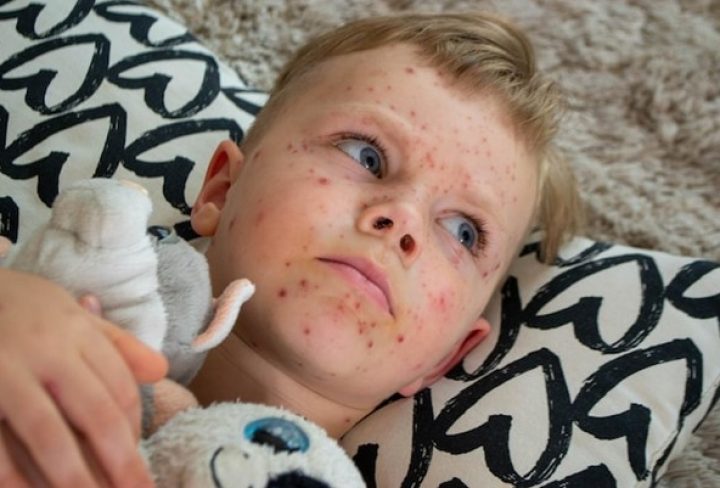What is Monkeypox?
Monkeypox is a rare viral infection similar to smallpox but generally less severe. The disease is caused by the monkeypox virus, a member of the same virus family as the one responsible for smallpox. While it primarily occurs in Central and West Africa, outbreaks have been reported in various parts of the world.
How is Monkeypox Spread?
Monkeypox can be transmitted from animals to humans and from person to person. Here’s how it spreads:
– Animal-to-Human Transmission: Contact with blood, bodily fluids, or lesions of infected animals, such as rodents or monkeys.
– Human-to-Human Transmission: Through respiratory droplets, direct contact with body fluids or lesion material, or contaminated objects like bedding.
– Mother-to-Child Transmission: The virus can pass from mother to child during pregnancy or childbirth.
Who is at Risk?
While anyone can contract monkeypox, children under 12 years old, those with weakened immune systems, and individuals who haven’t received the smallpox vaccine are more vulnerable.
Symptoms of Monkeypox
Symptoms typically appear 6 to 13 days after exposure but can take up to 21 days. They include:
– Fever: Often the first symptom, usually lasting 1 to 3 days.
– Headache and Muscle Aches: Common flu-like symptoms.
-Swollen Lymph Nodes: A key distinguishing feature from other similar infections.
– Rash: Usually appears within 1 to 3 days after the fever starts. It often begins on the face and then spreads to other areas like the palms, soles, and inside the mouth. The rash evolves through stages: macules, papules, vesicles, pustules, and scabs.
Complications of Monkeypox
Though milder than smallpox, monkeypox can lead to complications, especially in children. Possible complications include:
– Secondary Skin Infections: Bacterial infections of the skin lesions.
– Pneumonia: Lung inflammation.
– Sepsis: A severe systemic infection.
– Encephalitis: Brain inflammation.
– Eye Infections: Potentially leading to vision problems.
How is Monkeypox Diagnosed?
Diagnosis involves assessing symptoms alongside laboratory tests. A doctor may take a sample from a skin lesion for testing. Blood tests can also detect the virus or antibodies against it.
Treatment and Management
There is no specific cure for monkeypox, but managing the symptoms can include:
– Symptomatic Treatment: Medications to control fever, pain, and itching.
– Antiviral Medications: In severe cases or for high-risk patients, antiviral drugs like tecovirimat may be used.
– Isolation: Patients should be isolated until all lesions have crusted over and scabs have fallen off to prevent transmission.
– Hydration and Nutrition: Ensure adequate fluid intake and proper nutrition.
Preventing Monkeypox
Prevention involves a few key practices:
– Avoiding Contact with Infected Animals: Particularly in regions where monkeypox is prevalent.
– Maintaining Good Hygiene: Frequent hand washing with soap and water or using hand sanitizer.
– Using Personal Protective Equipment (PPE): When caring for someone infected with monkeypox.
– Vaccination: While there’s no specific vaccine for monkeypox, smallpox vaccination offers some protection. In certain cases, newer vaccines may be recommended for those at higher risk.
When to Seek Medical Help
It’s crucial to consult a doctor if your child exhibits the following symptoms:
– Persistent high fever
– Breathing difficulties or chest pain
– Severe headache, confusion, or seizures
– Eye pain or vision disturbances
– A rapidly spreading rash or signs of infected lesions
Long-Term Outlook
Monkeypox is usually a self-limiting illness, with symptoms lasting 2 to 4 weeks. With appropriate care, most children make a full recovery. However, ongoing monitoring and follow-up care are important to ensure no complications arise.

